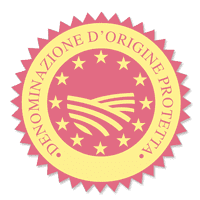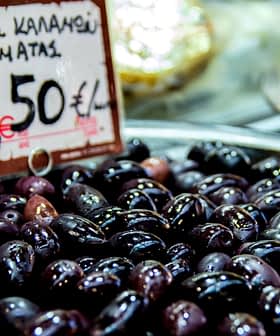 A Wall Street Journal attempt at humor contained in a 2009 article, “English Village Tries to Milk A Connection to its Cheesy Past”(1) is a good indication of the degree of misunderstanding and possibly derision, by US commentators about the European Union (EU) system of protecting ‘Geographical Indications (PDI) and Designations of Origin (PDO), and Traditional Specialties Guaranteed (TSG)’.
A Wall Street Journal attempt at humor contained in a 2009 article, “English Village Tries to Milk A Connection to its Cheesy Past”(1) is a good indication of the degree of misunderstanding and possibly derision, by US commentators about the European Union (EU) system of protecting ‘Geographical Indications (PDI) and Designations of Origin (PDO), and Traditional Specialties Guaranteed (TSG)’.
To clarify, consolidate and update the distinctly European form of intellectual property (IP) addressed in the WSJ article, the EU has published in the Official Journal of December 14, 2012 a new Regulation that will go into effect in early January 2013(2). The Regulation is of considerable importance not only to the olive oil sector, but also to an expanded range of products now eligible for protection.(3)
Just as the introduction of the practice of canning and bottling gave rise to the use of branding in the late 19th century, so the facility with which the precise providence of olive oil can be guaranteed through advanced scientific methods is now the basis of an important marketing tool.
This is particularly important for the EU, given the rising demand for up-market European agricultural products and specialty foods among at least the top tier of a growing band of world consumers hungry for documented tastes and the status that comes with knowledge about, and consumption of European olive oils. In addition, PDO and PGI facilitate traceability and help to promote the rise of European olive oil tourism.
The new Regulation repeals earlier separate Regulations(4) and replaces them with a single legal source. It also introduces protection for new optional quality terms such as ‘mountain products’ and (at a later date) ‘island products’. It establishes new labeling requirements, including mandatory ‘EU’ labeling, and new protections for natural resources, landscapes and farm animal welfare associated with products subject to the scheme.
It also sets down verification, control and opposition procedures and addresses compliance with other areas of EU law, including food law and specific areas of labeling such as trademark, generic terms, and plant variety names. Product specification requirements, including name (which is only protected in languages used to describe the product in the defined geographical area); physical, chemical, microbiological or organoleptic characteristics; and evidence of product origin are also set out. The Regulation envisages new local farming and direct sales labeling schemes to be initiated in the coming years.
The Regulation is part of a new set of policy initiatives embodied in “Europe 2020: A Strategy for smart, sustainable and inclusive growth” designed to “provide producers with the right tools to better identify and promote those of their products that have specific characteristics while protecting those producers against unfair practices.”
Sources:
1. John W. Miller, Wall Street Journal, December 9, 2009.
2. Regulation (EU) No. 1151/2012 of the European Parliament and of the Council of 21 November 2012 on quality schemes for agricultural products and foodstuffs OJ L 343/1, 14.12.2012.
3. Products not included in the original Common Agricultural Policy list, but now eligible for protection this Regulation include beer, chocolate and derived products, bread, pastry, cakes confectionary, biscuits, beverages made from plant extracts, pasta, salt, natural gums and resins, mustard paste, hay, essential oils, cork, cochineal, flowers and ornamental plants, cotton, wool, wicker, scotched flax, leather, fur and feather. Products not included in the Regulation include spirit drinks, aromatized wine or grapevine products with the exception of wine vinegar.
4. Council Regulation (EC) No 509/2006 of 20 March 2006 on agricultural products and foodstuffs as traditional specialities guaranteed and Council Regulation (EC) No 510/2006 of 20 March 2006 on the protection of geographical indications and designations of origin for agricultural products and foodstuffs.








